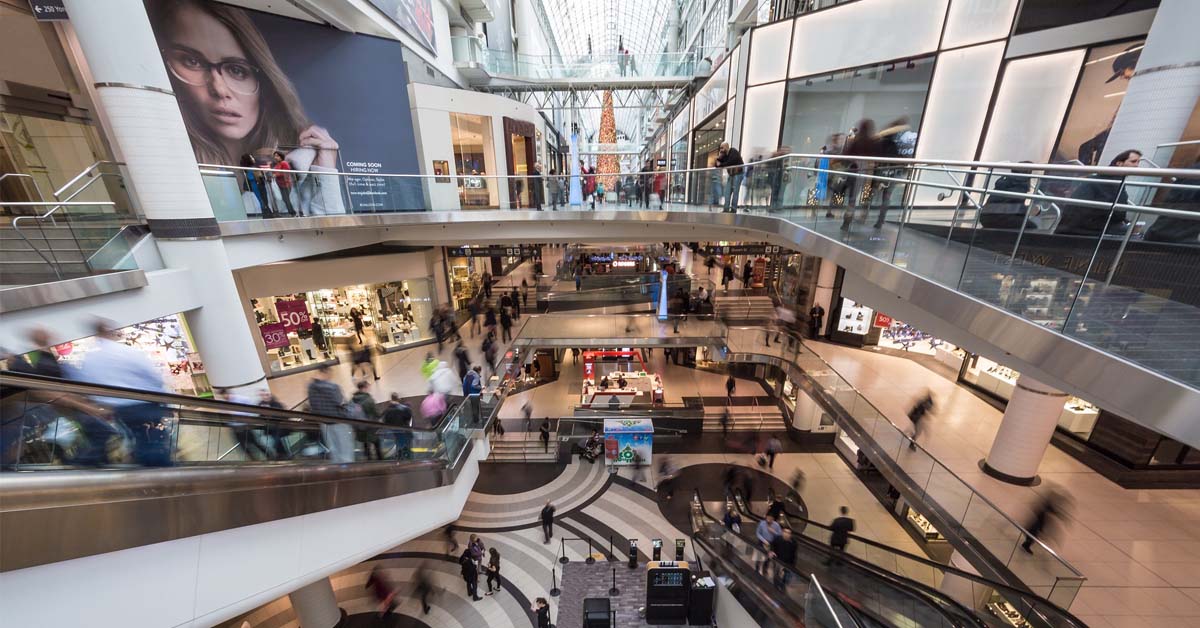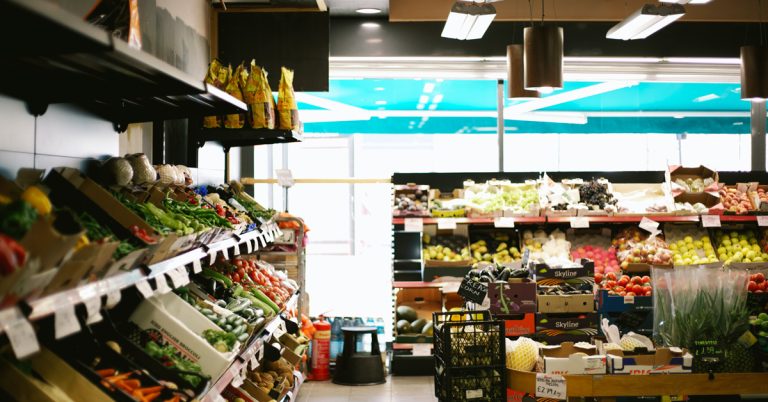Retailers are constantly competing with consumer price sensitivity and digital competitors. Providing a world-class experience to the in-store customers has become the only way to differentiate themselves from competitors.
Chatbots are increasing customer satisfaction levels as they are easy to interact with and extremely helpful in increasing sales.
Engaged customers produce a 23% premium in wallet share, profitability, revenue and relationship growth compared to only 13% for disengaged customers.
The dilemma of implementing chatbots comes from a lack of awareness and technical know-how of their functioning among retailers.
Let’s understand the potential of this technology and how chatbots are a win-win for them as well as their customers.
Table of Contents
Challenges in the retail industry
Certain challenges in the retail landscape have come up mainly due to the result of digitalization of both social life and business operations.
Customers expect unique in-store experiences. Wiser’s survey of consumer shopping preferences suggests that 29 percent of respondents are much more likely and 33 percent of them are more likely to shop in-store than online if a unique experience is offered.
Transparency in terms of promotions and prices. Price transparency allows businesses to implement dynamic pricing and define the value of their brand. If the same item comes at a cheaper price online, guess which shopping option a consumer may choose since delivery of daily essentials and groceries can take two hours (i.e., Amazon.)
The role of social media for customer engagement. With digitization of consumer lives, customers are increasingly relying on recommendations from people they know and trust, from friends and family to influencers on social media. This impacts the way retailers can effectively market to and connect with their customers.
Rapidly changing market. Retailers have to be able to adapt to current trends, changes in behavior and become the next best thing overnight. This has presented major challenges for retailers.
Choosing the right technology. The retail industry has so many different segments where digitalization in business operations could be a huge capital expenditure with a very gradual rate of return.
Engage, inform and support 24/7 with an AI-powered chatbot
Chatbots turn the traditional digital experiences your shoppers are used to into conversational, personalized and instantly gratifying engagements. These engagements are available 24/7 at the moment a shopper wishes to interact.
With chatbots, your shoppers can benefit in a multitude of ways.
- Instantly receive real-time advice from a personal shopper and advocate for your brand.
- Simply request status or receive alerts on in-store inventory available for purchase and pick-up.
- Quickly access customer service across all channels – text, email, mobile app, website, call center, or at a storefront.
- Conveniently purchase products in a simple, message-based engagement.
Can chatbots truly increase customer engagement?
The Mall of America improved their customer experience with a chatbot named Pepper. Pepper delighted customers by providing them with directions to the nearest stores, answering their queries regarding the latest deals, recommending events and gifts for the holiday season and even locating their parked car in the parking.
Mall of America was able to not only help the customers in an engaging manner but also stand out amongst their fellow competitors.
Let’s look at how chatbots can boost your retail business.

-
Notify customers about new items in stock
A chatbot helps retailers to notify customers about the fresh stock arrivals and latest deals from brands they have shopped before. This leads to opportunities for retailers to cross-sell and upsell their products. Chatbots can even send these notifications tailored as per the customer’s previous shopping experience.
-
Be the perfect shopping assistant
Chatbots can help customers navigate and find stores inside a mall. They can also help customers find a particular item in a huge inventory of products inside a store. Customers can take the help of chatbots to get recommendations based on price, brand, color, style, etc. The bots can also check if a specific product is available in the store, to save time and effort of the customers.
-
Give a smooth checkout experience
Chatbots provide the option of checking out within the messenger, relieving the customers of the misery of standing in long queues at the stores. They become virtual counters that make the customer experience seamless. ShopBot, eBay’s conversational bot is the perfect example of how chatbots can make a customer’s in-store experience more engaging.
-
Provide excellent customer service
It is important to take care of old customers as it is to acquire new customers. Good customer service experience can play a significant role in achieving this. With chatbots, customers can be given immediate support service and accurate information on queries, eliminating any human errors.
They have gone digital. You can too.
Many retail moguls have readily adopted this technology. Let’s see what worked for them and how you can leverage it too for your retail business.
-
Taco Bell
The fast-food retailer giant Taco Bell developed its own TacoBot called Slack that helps customers order directly within the app. The customers can add or remove ingredients, know the prices, check their cart and finally check out their order. These TacoBots have the feature of delivering a consistent experience to every customer, on each interaction.
-
Sephora
Personal care and beauty retailer Sephora gave its customers a chatbot experience wherein, the bot asks several questions from the users that help it to determine the profile and preferences of the customer. The chatbot mimics the way a shopper might chat with their friends and take product advice. In addition, it also offers an option for a makeover which makes the experience even more exciting for makeup lovers.
-
H&M
Back in 2016, H&M launched a chatbot called Kik. The chatbot enquired about a few style preferences from the users and in turn, allowed them to go through products in the H&M catalog accordingly. It also allowed them to make purchases from the app and also share this with other Kik contacts.
-
Burberry
Luxury clothing retailer Burberry introduced their chatbot in 2016. The bot helps users with details of the nearest Burberry store by finding out the customer’s location. The chatbot also helps the brand build a connection with its customers by sharing information about the craftsmanship of the apparel. The bot has presently evolved since its first launch and now offers options to explore pre-order pieces and gifts recommendations. It has also started inviting its users to follow Burberry’s runway show live.
-
Tommy Hilfiger
American apparel and accessories brand Tommy Hilfiger launched a chatbot in 2017. It asks the users to choose a category from style advice, browsing and a fashion show behind-the-scenes look. It has various language processing features. The chatbot identifies the intent behind a typed keyword and gives solutions accordingly. The chatbot also helps the users go through the product catalog and makes it convenient to go through the products category-wise.
Is the future conversational?

Conversational AI has been enthusiastically adopted for the host of benefits it offers, but one of the major driving forces has been its acceptance by customers.
Chatbots and virtual assistants are easy to talk to, always available and can offer instant support. In a study conducted by Usabilla in 2018, as many as 54% of consumers said they would rather deal with a chatbot than a human customer service representative if it saved 10 minutes of their time.
According to the survey by Capgemini Research Institute, 74 percent of retailers are adopting AI for customer-facing functions, such as chatbots, personalized search and targeted recommendations. Customer engagement and experience will remain the use case for artificial intelligence in retail in the future.
Brands with brick-and-mortar stores are likely to continue experimenting with technology to offer consumers unique experiences that are not possible on computer screens. The general approach to this is to enrich the in-store experience with perks of the online experience while extracting knowledge from data to continuously improve operations behind the scenes.













